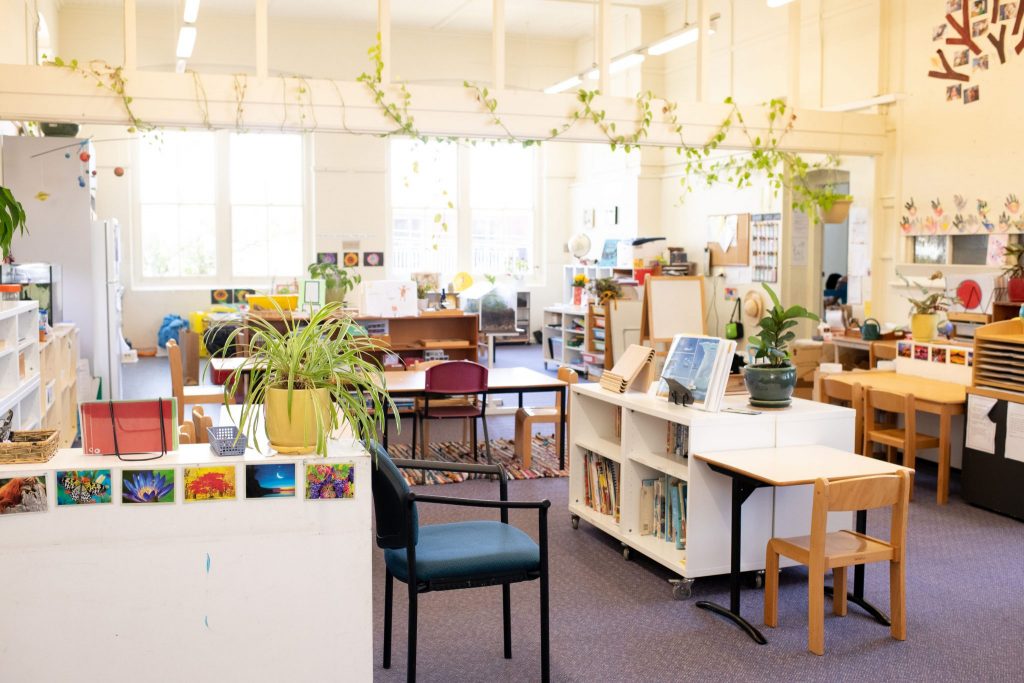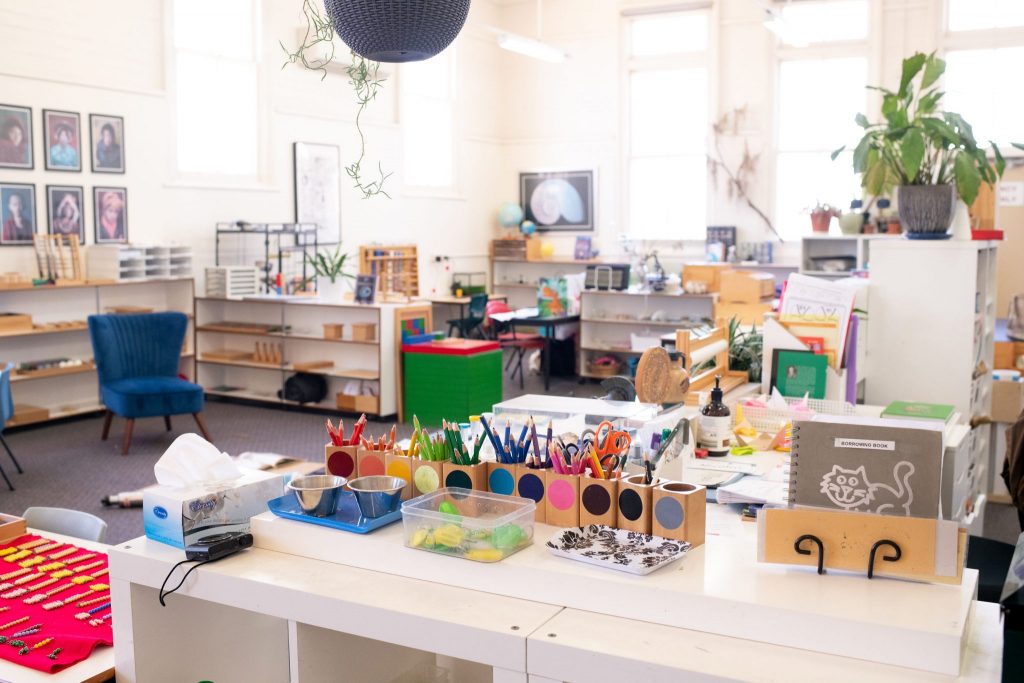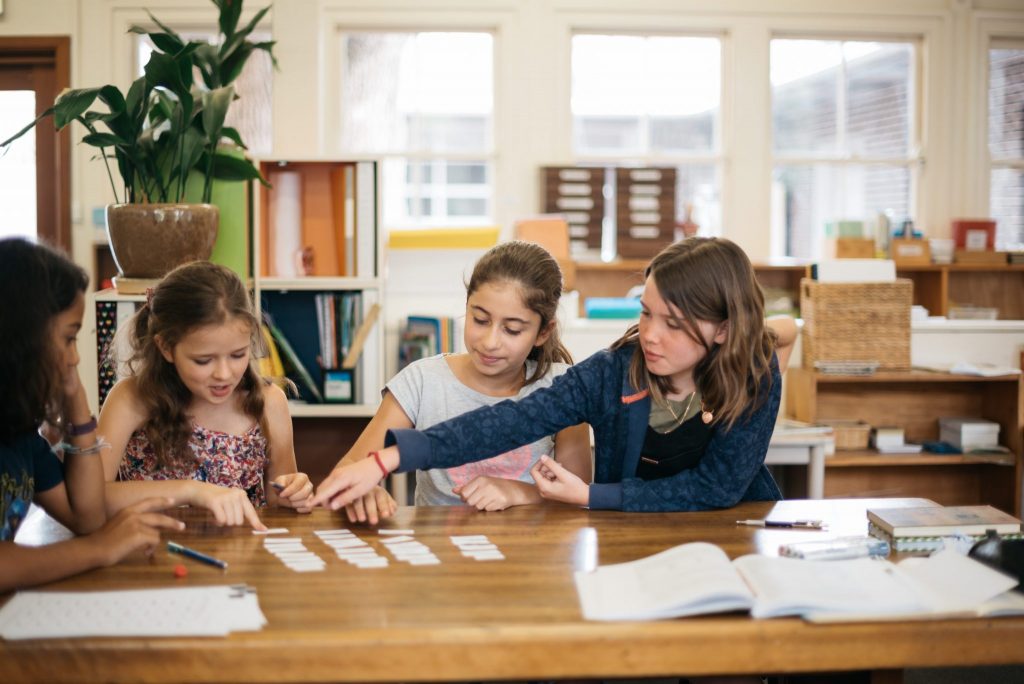The Prepared Environment
The Prepared Environment
In her book The Secret of Childhood, Dr. Montessori described the goal of the prepared environment as follows: “The first aim of the prepared environment is, as far as it is possible, to render the growing child independent of the adult.” The prepared environment, therefore, is one of the core components of the Montessori philosophy.

What is the prepared environment?
The “prepared environment” is Maria Montessori’s concept that the environment can be designed to facilitate maximum independent learning and exploration by the child.
In the prepared environment, there is a variety of activity as well as a great deal of movement.
In the calm, ordered space of the Montessori prepared environment, children work on activities of their own choice at their own pace. They experience a blend of freedom and self-discipline in a place especially designed to meet their developmental needs.
“There is a great sense of community within the Montessori classroom, where children of differing ages work together in an atmosphere of cooperation rather than competitiveness. There is respect for the environment and for the individuals within it, which comes through experience of freedom within the community.“
Maria Montessori

The Learning Spaces
Montessori classroom environments are strategically designed to be fascinating places where children love to learn. Rooms are filled with natural lighting, nature and materials are arranged on open shelves so children can access them easily. There is an emphasis on personal choice, so there are quiet corners for solo learning projects and larger areas where students can work together in groups. These harmonious, ordered, and calm classrooms encourage learning and inspire students.
FEATURES OF THE PREPARED ENVIRONMENT




In a Montessori Environment…
Children have freedom
In a Montessori environment, the children have the freedom to:
- Move within the classroom throughout each work cycle, selecting materials from the shelf and a space to engage with their work.
- Work on a chosen activity for as long as their productivity and concentration allows.
- Plan and select their work choices each day.
- Choose peers to work with.
- Explore topics of interest in depth and follow their curiosity.
- Express and convey their learning in ways which are meaningful to them.
Children have responsibility
The children are responsible for:
- Being accountable for their work choices by maintaining a daily journal of the work they have completed.
- Choosing work from each subject area in the classroom.
- Staying on task with their work and using their time productively.
- Actively engaging in presentations from the Director (adult) and choosing meaningful ways to reinforce and demonstrate their understandings.
- Repeating work with materials until their understandings have been developed and consolidated.
- Keeping the classroom and their work spaces tidy and maintaining care and respect for all materials.
“We must let the child walk and notice how he walks. His legs are short in comparison to ours and therefore he walks more slowly. Not only this, but the child explores the environment. ”
Maria Montessori
